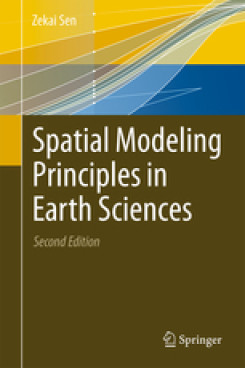Spatial Modeling Principles in Earth Sciences
This is a revised and updated second edition, including new chapters on temporal and point uncertainty model, as well as on sampling and deterministic modeling. It is a comprehensive presentation of spatial modeling techniques used in the earth sciences, outlining original techniques developed by the author. Data collection in the earth sciences is difficult and expensive, but simple, rational and logical approaches help the reader to appreciate the fundamentals of advanced methodologies. It requires special care to gather accurate geological, hydrogeological, meteorological and hydrological information all with risk assessments. Spatial simulation methodologies in the earth sciences are essential, then, if we want to understand the variability in features such as fracture frequencies, rock quality, and grain size distribution in rock and porous media. This book outlines in a detailed yet accessible way the main spatial modeling techniques, in particular the Kriging methodology. It also presents many unique physical approaches, field cases, and sample interpretations.
- Genre: All Books, Statistics & Geostatistics
Cast & Characters
| 1-23 | Introduction |
| 25-96 | Sampling and Deterministic Modeling Methods |
| 97-128 | Point and Temporal Uncertainty Modeling |
| 129-176 | Classical Spatial Variation Models |
| 177-252 | Spatial Dependence Measures |
| 253-328 | Spatial Modeling |
| 329-403 | Spatial Simulation |

